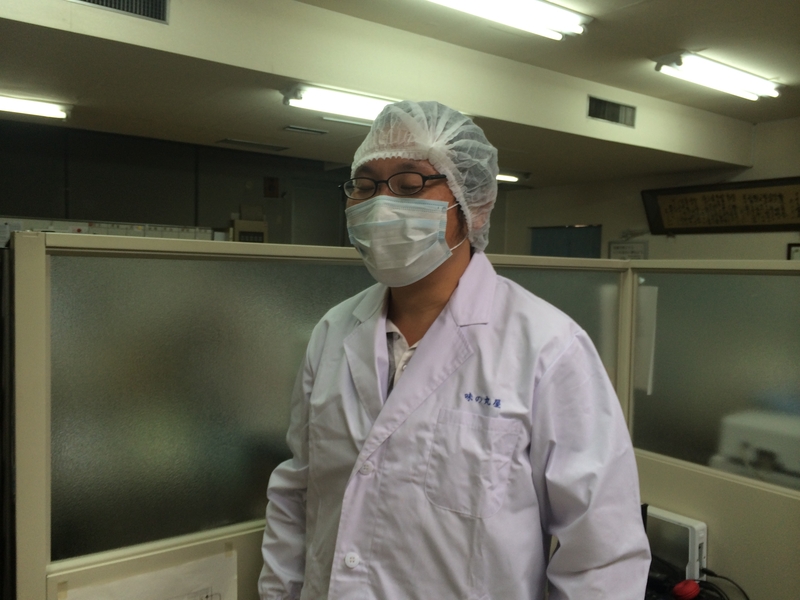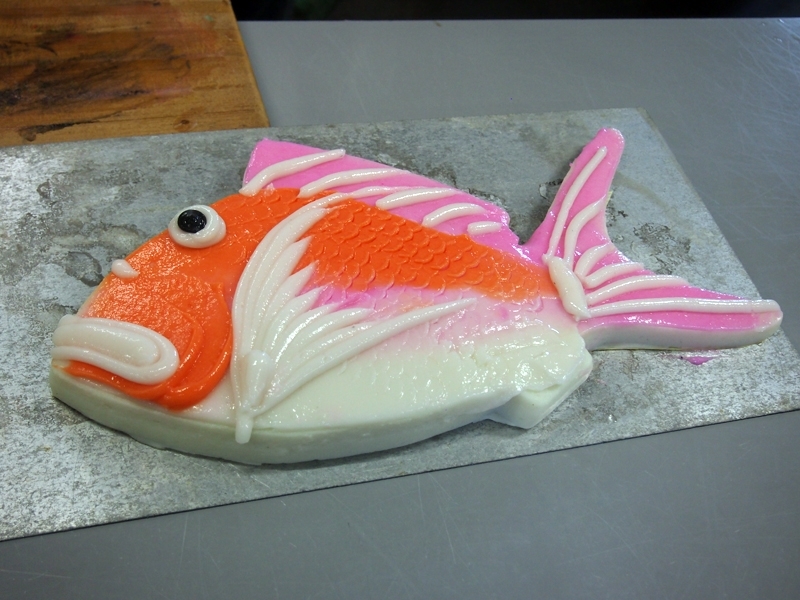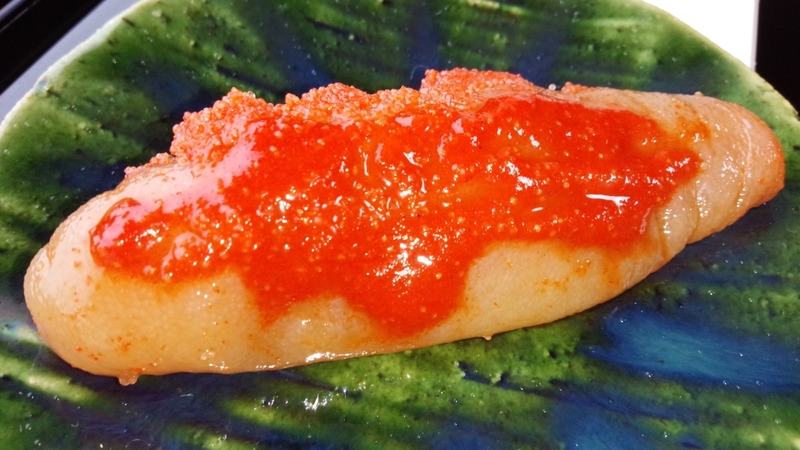Konohana-ya in Chikuma City, Nagano Prefecture, is a shop that manufactures and sells traditional Shinshu pickles and tsukudani. As it gets a bit colder, they'll be extremely busy pickling nozawana grown pesticide-free on their own farm.
 |
Nozawana hit by frost
|
Through a fortunate connection, I had the chance to speak with Managing Director Miyagi and Sales Planning Manager Nakazawa. These two are incredibly passionate! "We believe pickling culture plays a role in protecting agricultural products, the creatures of the satoyama, and the people and their way of life," they shared. "We want to have local people grow traditional vegetables on abandoned farmland in the mountains, process them, and bring them to the dinner table." "Pickles can also be used as seasonings in cooking. They're packed with umami from fermentation and maturation, not just from the vegetables themselves." And so on.
While they used to do a lot of subcontracting work, they're now steadily building customer support for their own brand development driven by their ideals.
 |
Kino Hanaya Factory Tour
|
It's incredibly valuable not just to hear from those working hard locally, but also to see the actual production sites. Aji no Maruya in Kitakyushu is famous for its additive-free, uncolored spicy cod roe. You might be tempted to say something like, "Well, there are a lot of those kinds of products these days, right?" with a know-it-all tone. But seeing each step of the process in the factory gave me a vivid experience of just how much effort and ingenuity goes into it.
 |
Aji no Maruya Factory Tour
|
At Jikigamaboko in Toyama, we witnessed the traditional craftsmanship of intricate fish cake making. At Maruiri Food Supply in Yaizu, a tuna wholesaler, we experienced their "minus 60-degree freezer room."
Every time I witness these vivid, hands-on scenes, I'm struck by anxiety: "What can an advertising guy like me possibly contribute to such professional craftsmen?" The fundamental answer to this question (which is also the main theme of this series) is "the technology to develop words with the power to spark innovation." But lately, I sense there's another aspect to it.
 |
|
 |
This is Toyama's specialty, "Hosogai Kamaboko"
|
 |
Short sleeves, but it's really minus 60 degrees
|
At the 2014 Capital Area Computer Technicians Partner Forum, Takafumi Horie gave a special lecture. He stated that engineers with programming skills have already crossed barriers ordinary people cannot overcome. Therefore, he urged them to keep releasing interesting apps and services to change the world. He also emphasized that engineers should aim not just to code for work, but to find seeds of innovation and pursue improvement. Otherwise, he argued, there's no point in being an engineer.
Indeed, "programming" can solve the world's inconveniences. What's distinctive here is the thought process of actually building prototypes and refining them through trial and error. Programming is a practical, physical way to think effectively.
Another technique I can offer companies seeking innovation is a method for "thinking while building," just like programming.
For example, I always involve an art director in new product development projects. Their "design" ability is precisely a professional skill of thinking while creating form.
And then there's another thing. My "home cooking" skills are incredibly amateurish. It's the ability to imagine a recipe when I eat something, and to express an image I want to realize as a recipe. Of course, my level is far below average, but even so, if necessary, I'll boldly discuss things in the concrete form of "cooking." Sometimes I even have pastry chefs taste my homemade sweets.
Like programming, both design and home cooking are skills for "giving form to intent." And having this ability means I can discuss things based on real experience, not just theoretical musings.
If there's ever a discussion about product development related to "food," I'll swallow my pride and put my "home cooking" skills to use. It's a real pain, I know!!
 |
Maruya Mentaiko: Delicious flavor with no room for amateurish "home cooking"
|
Next time, I'll share a story about Professor Koichi Tanai, who first taught me marketing during my student days.
Enjoy!









